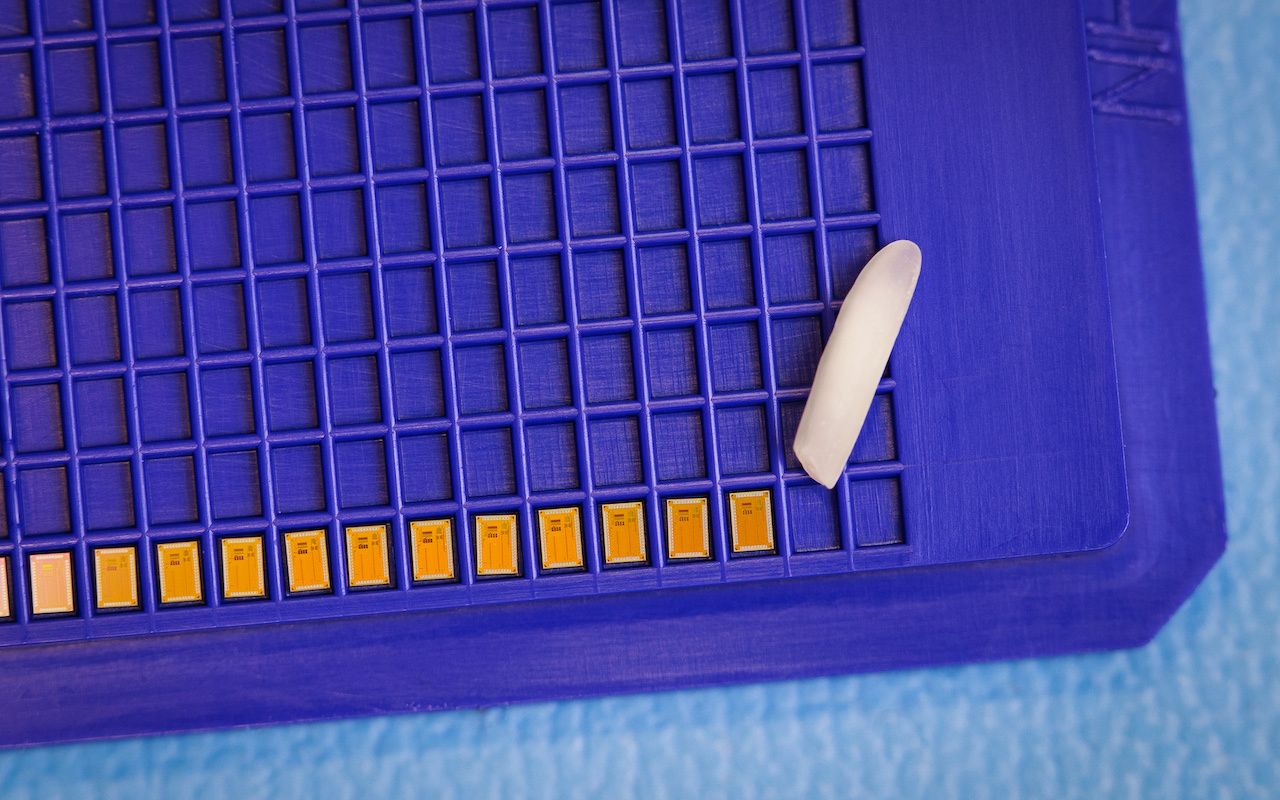New Wi-Fi chip for IoT devices could keep them powered, longer
Researchers have designed a new low-powered Wi-Fi radio, packed into a Wi-Fi chip, that could boost the longevity of smart home products. The device, smaller than a grain of rice, would let Internet of Things (IoT) devices connect to Wi-Fi with 5,000 times less power than the radio transmitters currently used today, according to the UC San Diego News Center.
Electrical engineers at the University of California at San Diego developed the hybrid Wi-Fi radio chips, which they said can send 2 megabits per second across 21 meters, or just under 39 feet. The chip acts as a go-between bouncing a signal from a transmitter, like a smartphone to the chip and then to a receiver like a router.
That transmission uses 28 microwatts of power, said researchers. Typical Wi-Fi transmissions can be in the thousands if not hundreds of thousands of microwatts — and these radio transmissions take more energy, which means consumers need to replace batteries or charge devices frequently.
The new chips would drastically reduce the amount of power needed to send Wi-Fi signals, and as a result will run on much less power. That would allow people to keep IoT devices unplugged for longer, noted researchers.
"This Wi-Fi radio is low enough power that we can now start thinking about new application spaces where you no longer need to plug IoT devices into the wall," Patrick Mercier, a UC San Diego electrical and computer engineering professor one of the researchers who designed the new chip, told the UC San Diego News Center. "This could unleash smaller, fully wireless IoT setups."
